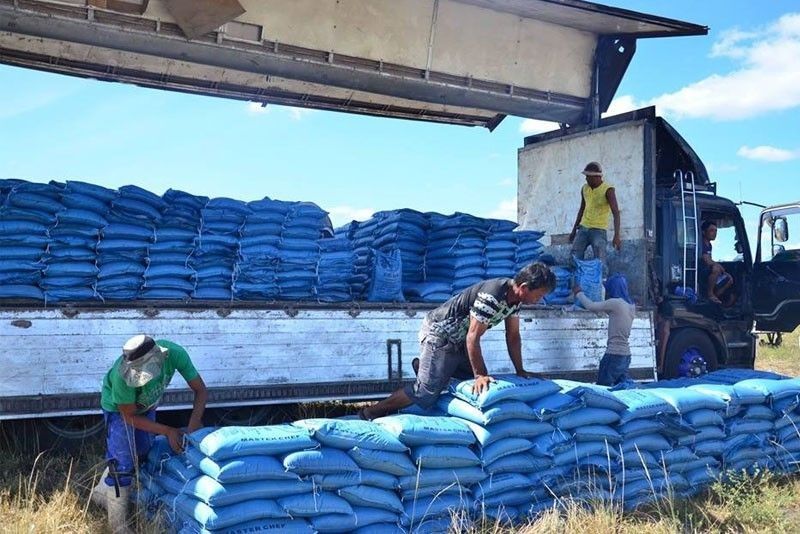Philippines to go slow on rice imports next year

MANILA, Philippines — After setting record-high imports this year, the Philippines is seen to buy less rice in the world market next year amid excessive supply coupled with improvements in the local production.
In the latest report of the United States Department of Agriculture-Foreign Agricultural Service (USDA-FAS), the Philippines is expected to import 2.4 million metric tons, 23 percent lower than this year’s 3.1 million MT.
This as milled production is projected to increase by three percent to 12 million MT as palay production will inch up two percent to 19 million MT.
“Smallholder rice farmers will continue planting rice despite low prices, while progressive rice producers will become more efficient next year,” the USDA said.
“Although area harvested is pared down, rice output next year will increase slightly due to favorable weather conditions compared to this year with El Niño. Coupled with adequate inventories, rice imports are expected to decline in 2020,” it said.
Beginning stocks of the country will settle at 3.49 million MT starting 2020, up 53 percent from this year’s 2.28 million MT.
Rice consumption has been raised to 14.4 million MT from 14.1 million MT this year.
The government had identified increasing food prices, particularly rice, as a major contributor to inflation last year, which had peaked at 6.7 percent in October 2018, the highest in nearly a decade.
The country’s midterm elections in May and the initial implementation of agricultural policy reforms, most notably the Rice Tariffication Law resulted in a surge of imports this year.
Declining rice prices coincided with the arrival of imports since the implementation of the law. Data showed that rice imports reached 1.3 million MT just from March to August.
More than 3,000 sanitary and phytosanitary import permits of around 228 eligible rice importers were processed during the same period.
USDA said a surge in rice imports has brought down rice prices and helped tame inflation. Low paddy prices, however, will not significantly discourage smallholder rice farmers from planting rice next year.
“The more progressive rice producers, on the other hand, will cut down costs and be more efficient. Interventions as embodied in the Rice Competitiveness Enhancement Fund and the resulting behavioral change and industry shifts will take time,” USDA said.
“The Philippine government is expected to intensify efforts in finding the ideal balance of subsidies to reach an acceptable pricing compromise,” it said.
- Latest
- Trending

























